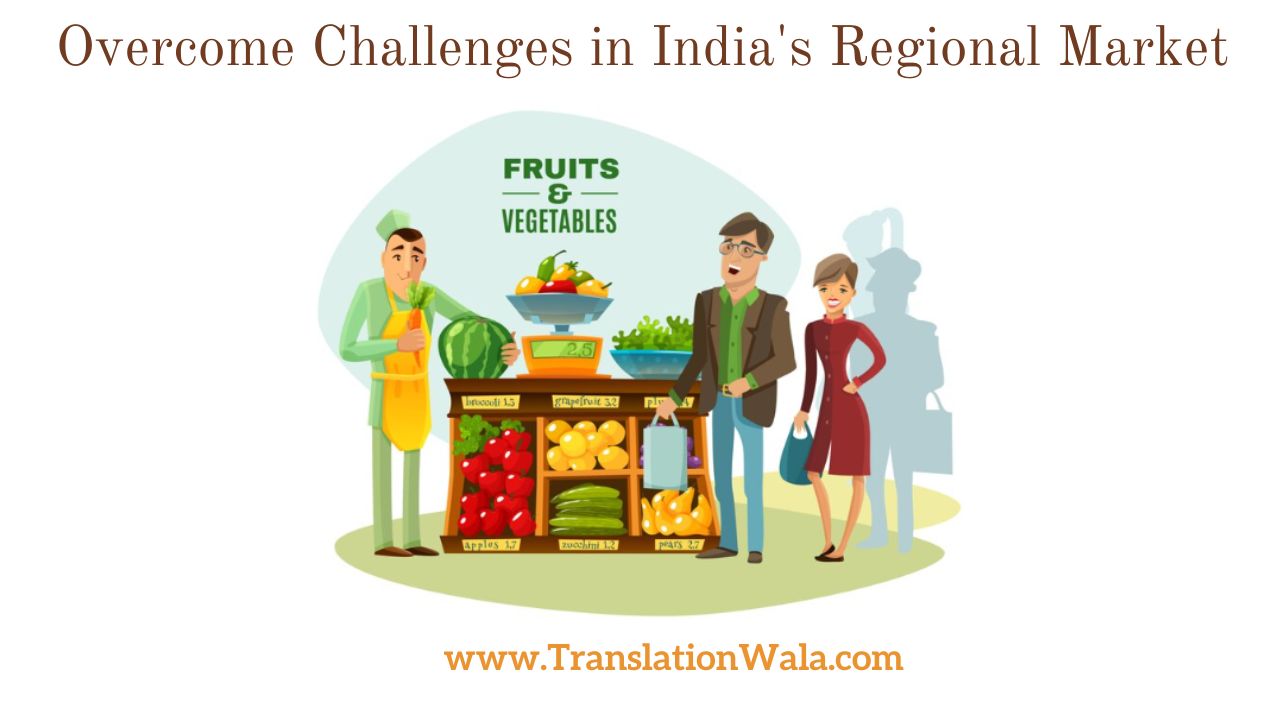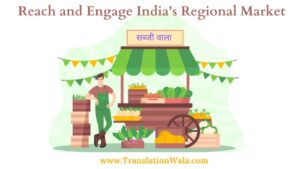India is an incredibly diverse country. It has a wide range of cultures and scenery, as well as a lot of different kinds of stores. This complex web of factors creates huge chances for businesses, but it also creates a lot of problems. Even for experienced entrepreneurs, it can be hard to deal with the subtleties of regional tastes, customer habits, and organizational problems. No need to worry, brave explorer; this blog will help you reach the top of India’s Regional Market!
Decoding the Dialects of Demand:
India has over a thousand different accents and 22 recognized languages. Each has its own pace and taste. Understanding these subtleties of language is important if you want to communicate clearly with your audience. It’s not enough to just translate marketing materials; you need to get the meaning, cultural references, and fun of the phrase across. Working with local businesses or hiring local people can be very helpful in making sure that your message gets through to your buyers.
Bridging the Gap: Infrastructure and Logistics:
India is very big, which can be good and bad. It brings in a lot of new people, but it also makes things harder to organize. It can be hard to get to remote places when the infrastructure isn’t stable and the delivery networks are complicated. But new and creative ideas are coming up. You can get your goods to where they need to go by investing in localized warehouses, working with regional distributors, and looking into other ways to send them, such as mobile cars or local Kirana shops.
Cultural Crossroads: Understanding Preferences and Practices:
India is divided into different regions, and each has its own traditions, customs, and tastes. What works in Mumbai might not work in Madurai. To make your products and marketing tactics more effective, you need to understand these culture differences. When planning your projects, for example, think about people’s food needs, preferred ways of communicating, and local holidays and celebrations. Always remember that following the practices and customs of the area will help you gain their trust and love.
The Digital Divide: Bridging the Tech Gap:
India’s digital use has grown quickly, but there is still a digital gap. Internet use changes a lot from place to place, and people’s willingness to use new technologies can also vary a lot. Figuring out how tech-savvy your target audience is is important for making digital marketing plans that work. To reach your audience, you might want to use both online and offline methods, like community events, local radio, and celebrity marketing. It’s important to remember that a human touch can help bridge the digital gap sometimes.
Also Read: Build Trust and Loyalty in India’s Regional Market

Building Trust: The Human Connection in a Digital Age
Even though computers and algorithms rule the world, the personal link is still very important, especially in local markets. Customer trust is very important for long-term success. Get involved in your local neighborhoods, work with local businesses, and go to events in your area. Showing that you care about the people and the place can help you make real ties with them that will lead to loyal customers and brand fans.
Conquering the Summit: A Regional Roadmap to Success
To deal with the problems that come up in India’s regional markets, you need a mix of strategy planning, cultural understanding, and new ideas. You can turn these problems into opportunities for success by learning about the specific wants and needs of each area, using adaptable routes of marketing, and gaining the trust of the people who live there. Remember that the Indian market is not a single thing; it’s a colorful fabric that can be studied one thread at a time, region by region. Put on your explorer’s hat, enjoy the variety, and get ready to climb the highest points of India’s regional markets!
Additional Notes:
- You can make the blog even more personal by adding specific examples of brands that have done well in India’s regional markets despite the difficulties they faced.
- You can also back up your points with relevant figures or data, which will also give the blog more authority.
- Remember to keep a positive and inspiring tone throughout the blog and focus on the possibilities and prospects in India’s Regional Market.
Welcome to my blog! I hope it helps you on your trip through the interesting world of India’s regional markets!



